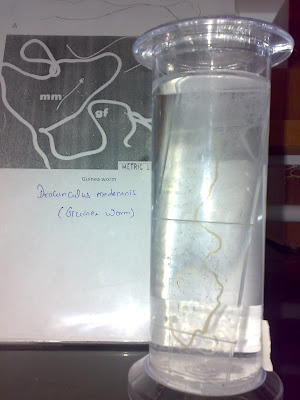Facts :
- Its a yeast infection and predominantly focuses on GI tract invasion
- People having H-pylori infection also has candida overgrowth (60%-70%)
- By age of 6 months, about 90% of the babies are positive for candida test
- And by adulthood virtually we all have become the host of it
- Our GI bacteria act in part to keep
Candida growth in check in our body ecology
Features :
Medium used :
-
Lownstein-Jensen medium
- Two tubes of Sabouraud’s dextrose agar, SDA, one incubated at 37°C and the other at 20°C
Upon culture :
- After incubating for 48 hours typical creamy pasty colonies appeared on the blood agar and both tubes of SDA.
- it was then isolated and identified by the germ tube test
Disease caused by it is called Candidiasis, also called thrush or moniliasis, is a yeast infection
Symptoms :
1. Infection of skin : well defined patch of red, itchy skin, often leaking fluid
2. Vaginal yeast infection : slow leakage of a thick, white, cheese-like substance, itching or burning sensation during urination and intercourse
3. Infection of fingernail : painful, red, swollen area around the fingernail. In worse cases, the
fingernail may separate, revealing a discoloured white or yellow nail
bed.
4. Oral thrush : curd like white patches in mouth, palate, tongue and around the lips
Investigations :
- Proper diet history
- History of medication and antibiotics which may weaken the immune system
- History of diabetes, cancer, HIV, or other chronic disease
- Microscopic examination after being scraped off the affected area
Treatment :
Candidiasis is not normally a dangerous disease except in rare cases
when it enters the blood and spreads to vital organs of people with
weakened immune systems
Anti-fungal cream or powder
Precaution :
- wipe from front to back after going to the toilet - the rectal area is full of yeast
- take baths not showers - sitting in the bath can clear yeast from the vaginal area
- dry yourself thoroughly afterwards, especially the pubic hair - use a hair dryer on low setting if you have to
- don't use soap around the vagina - soap kills the bacteria you want to keep, and has no effect on yeast

![Validate my Atom 1.0 feed [Valid Atom 1.0]](valid-atom.png)

















